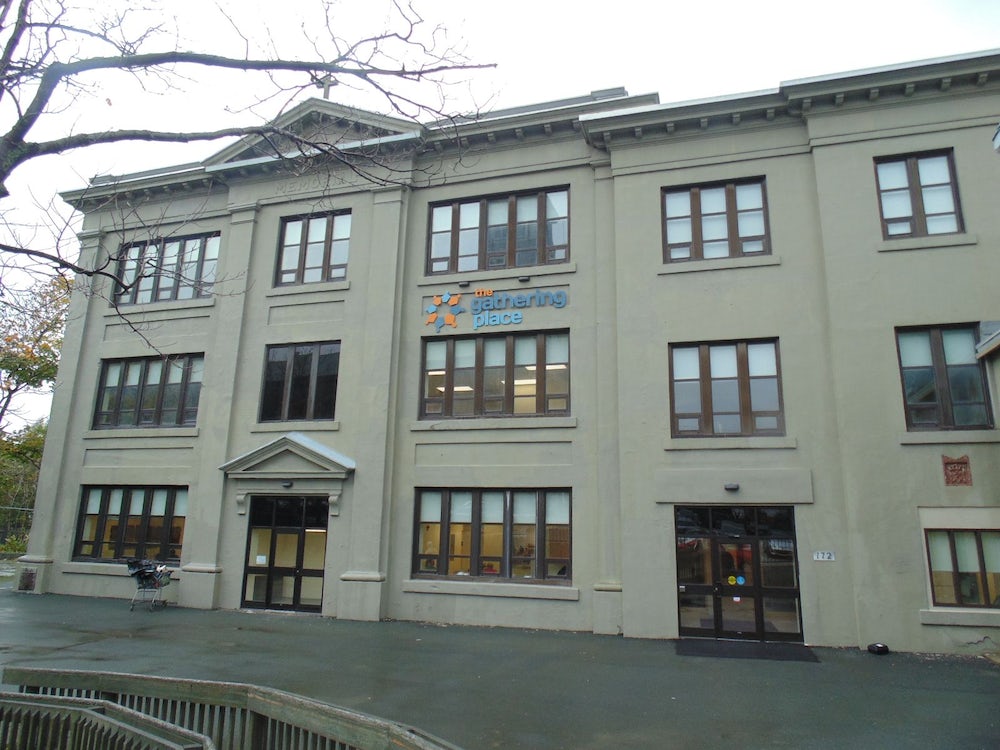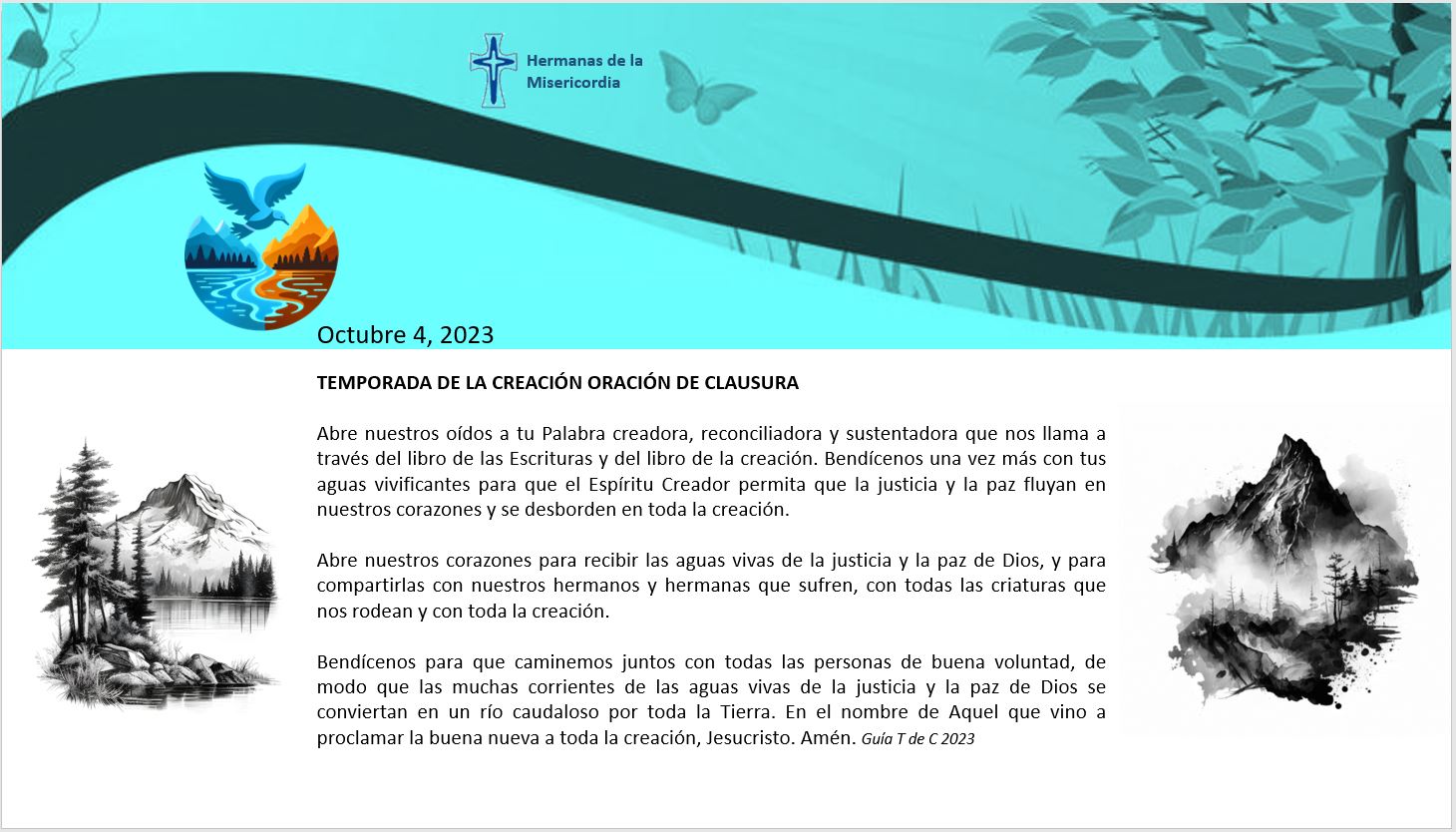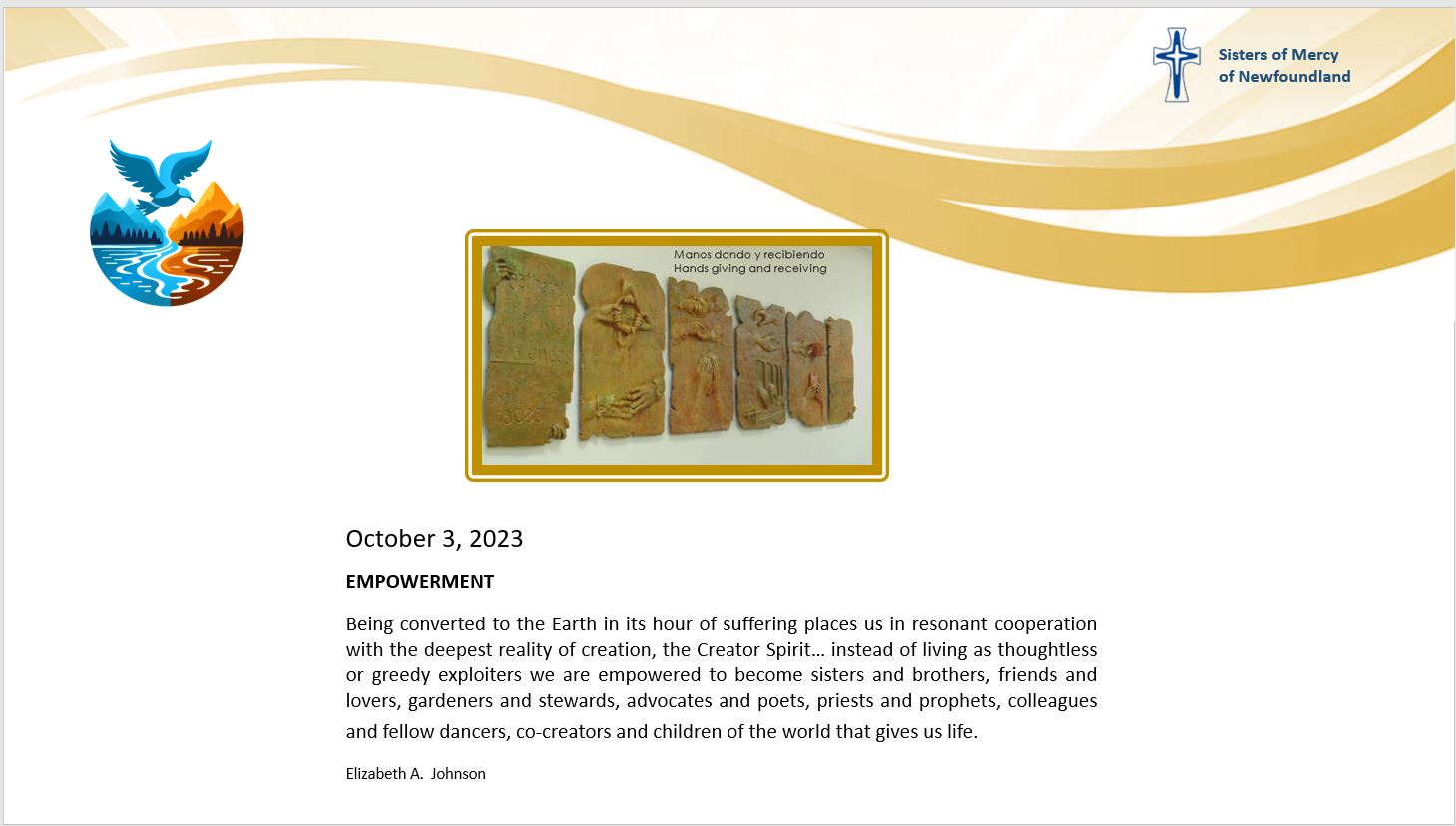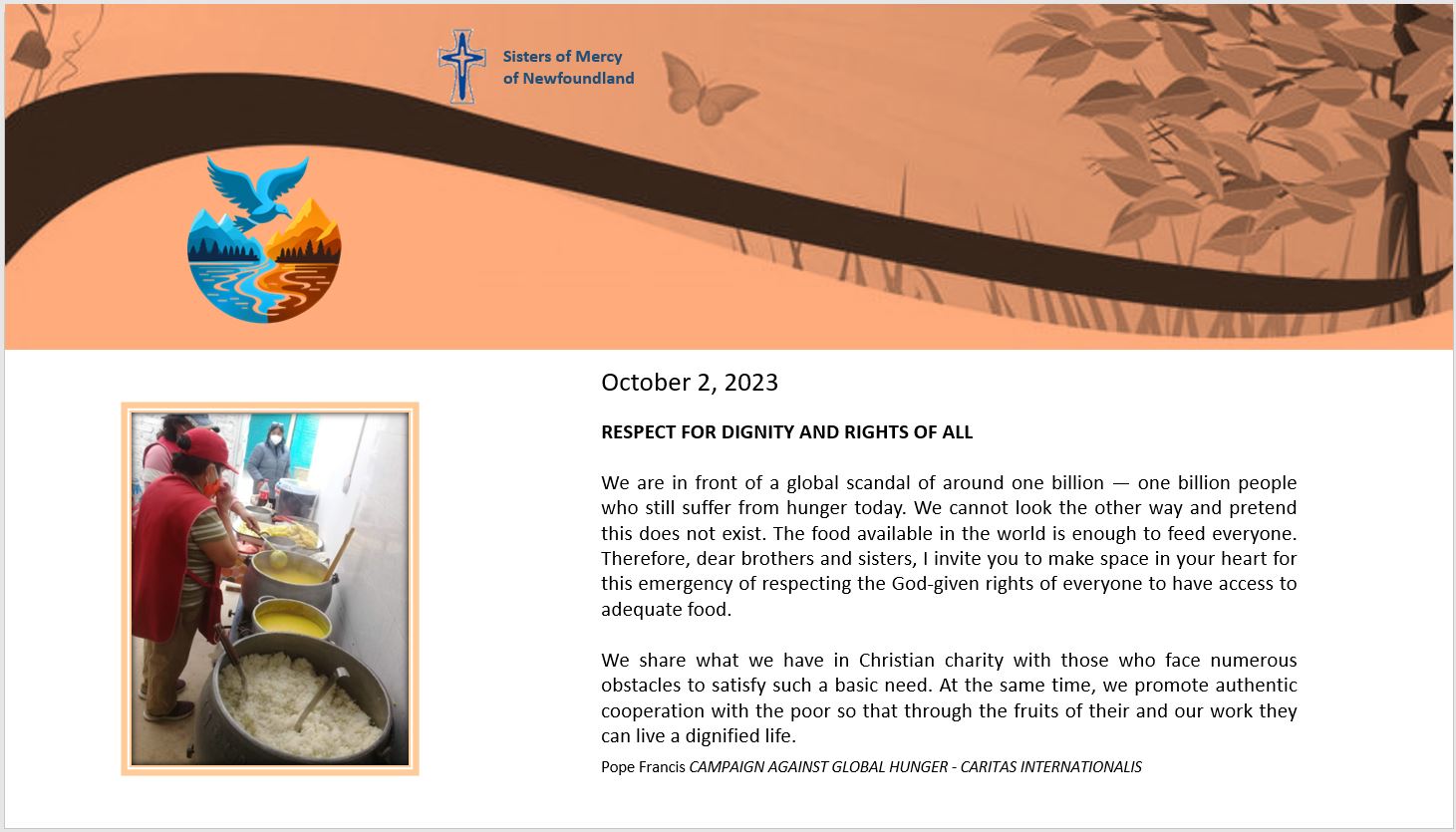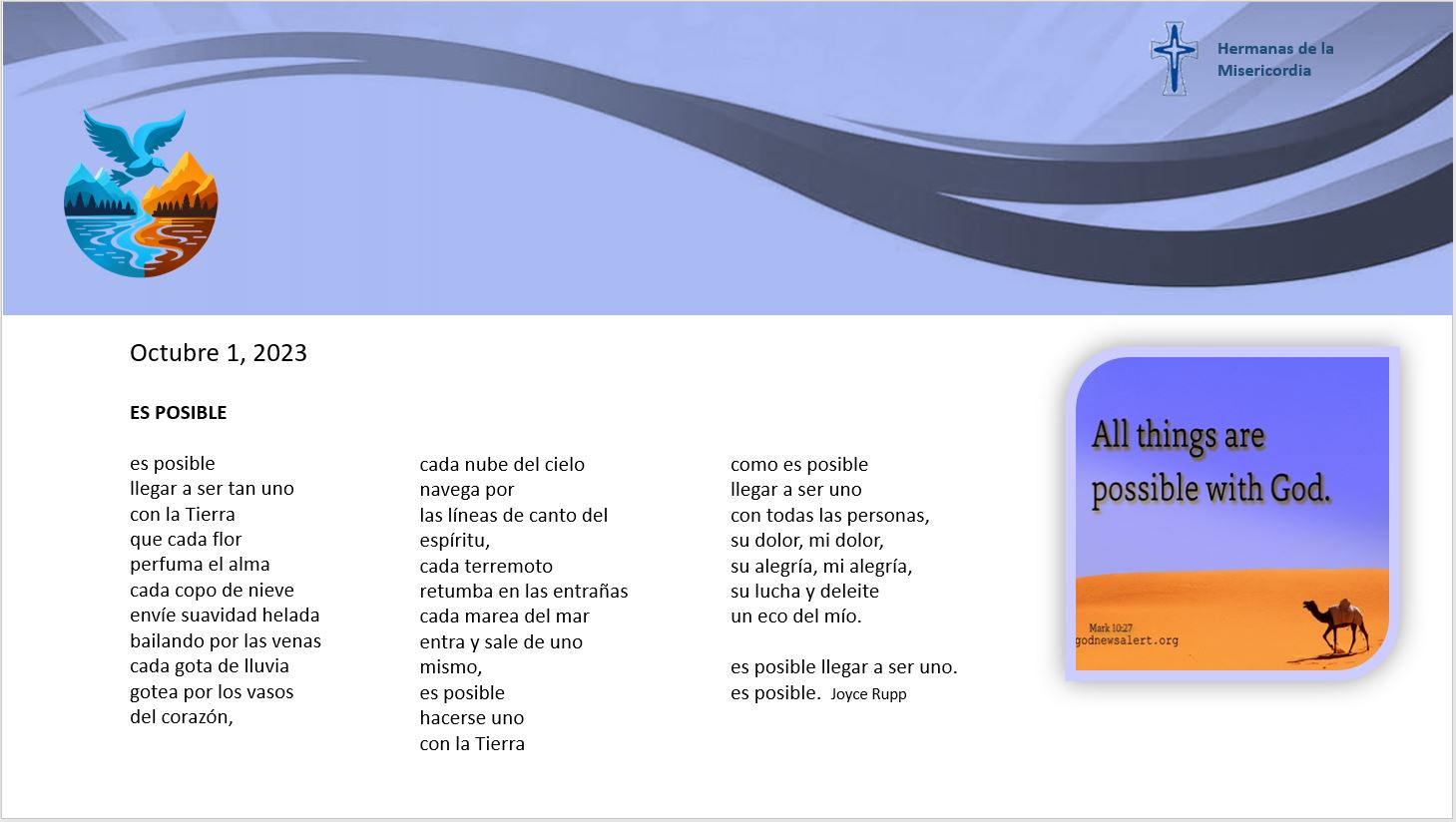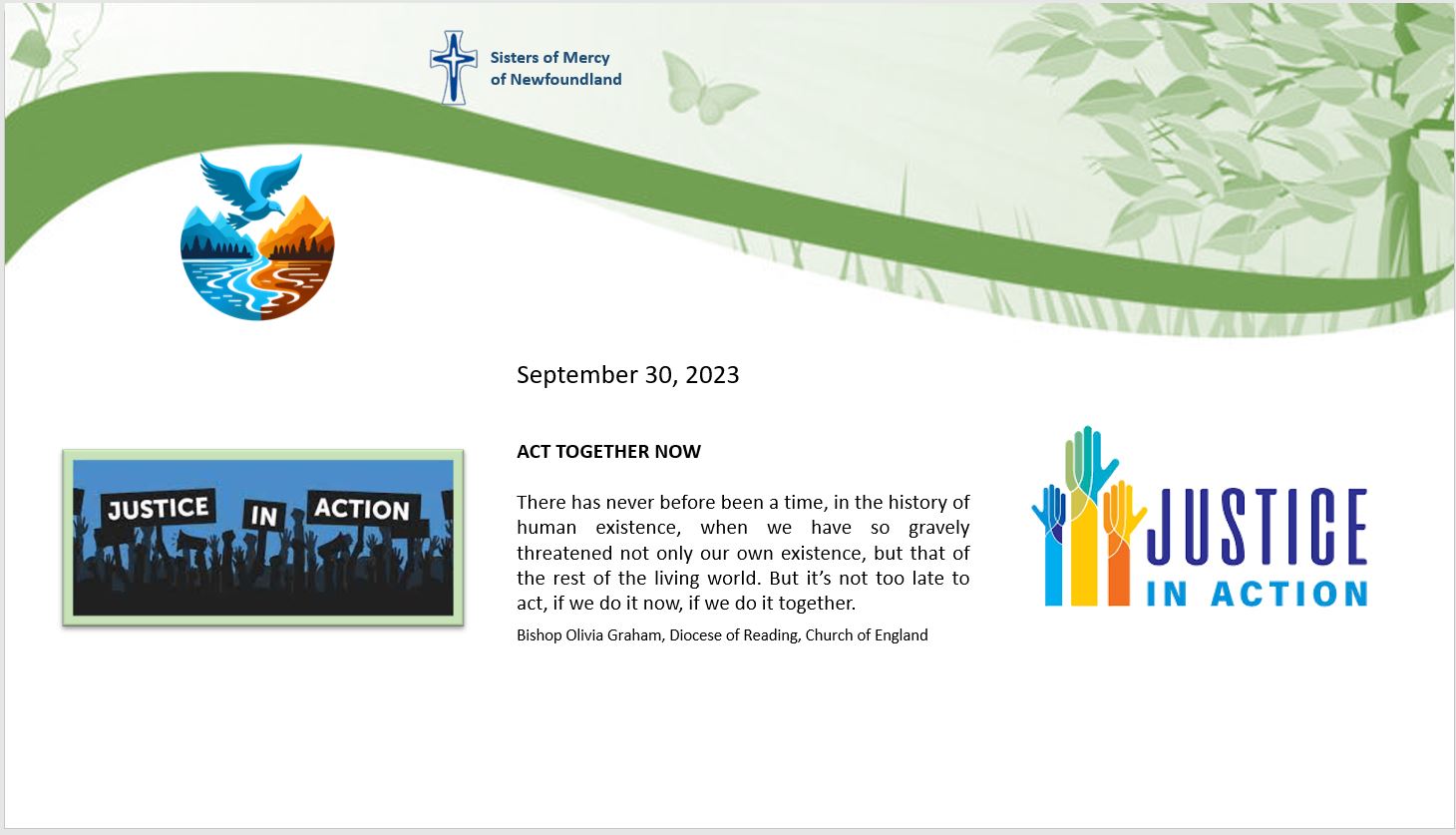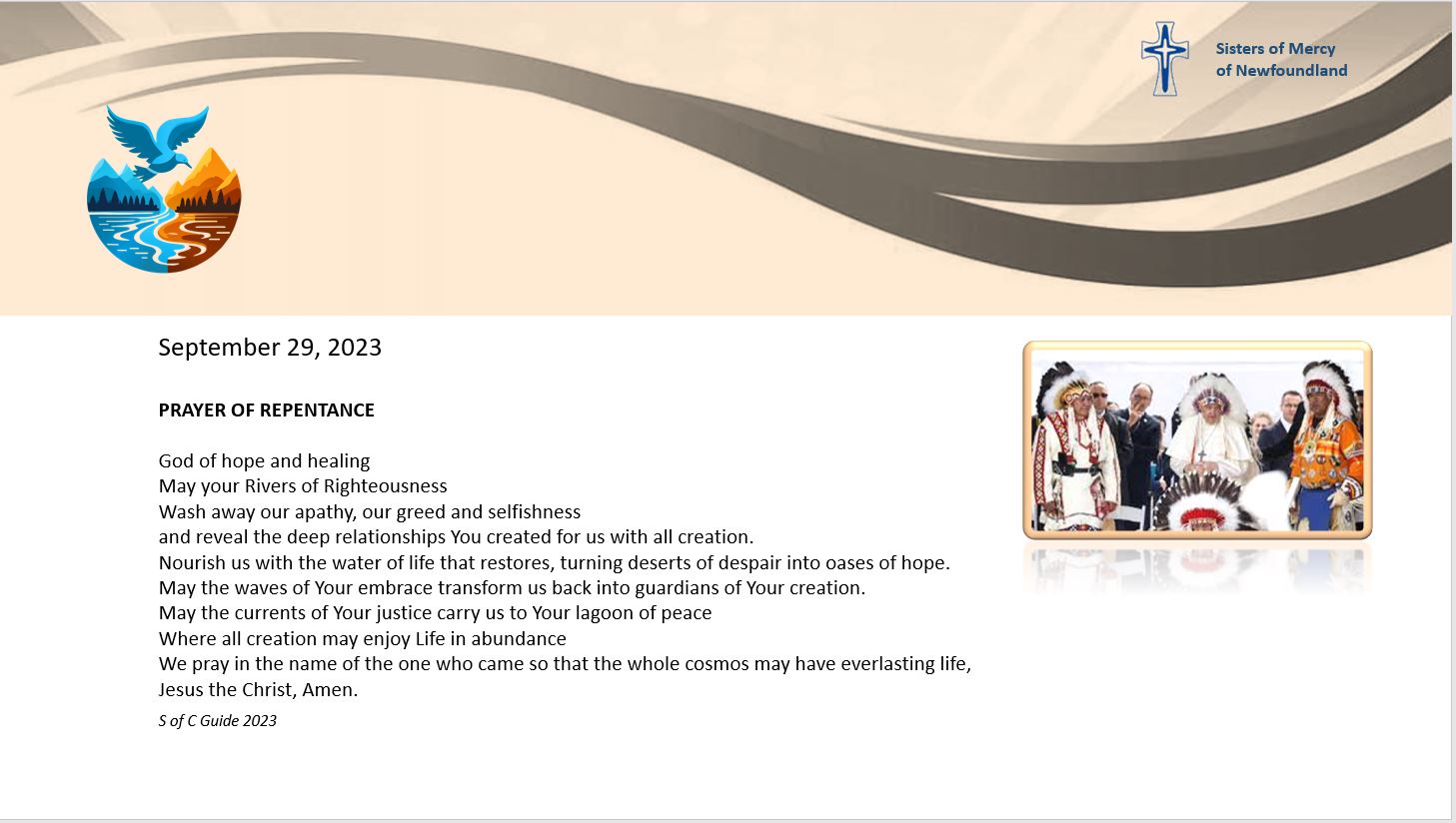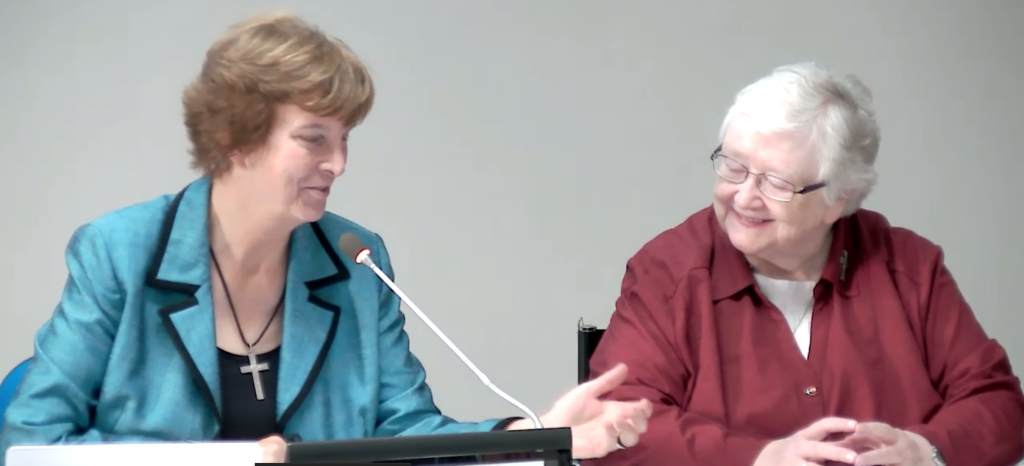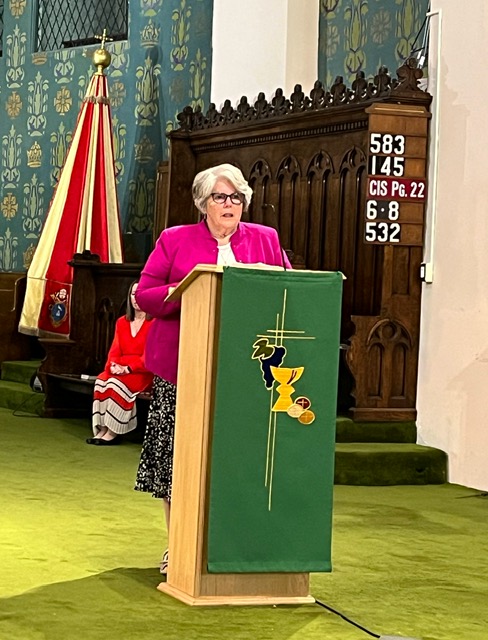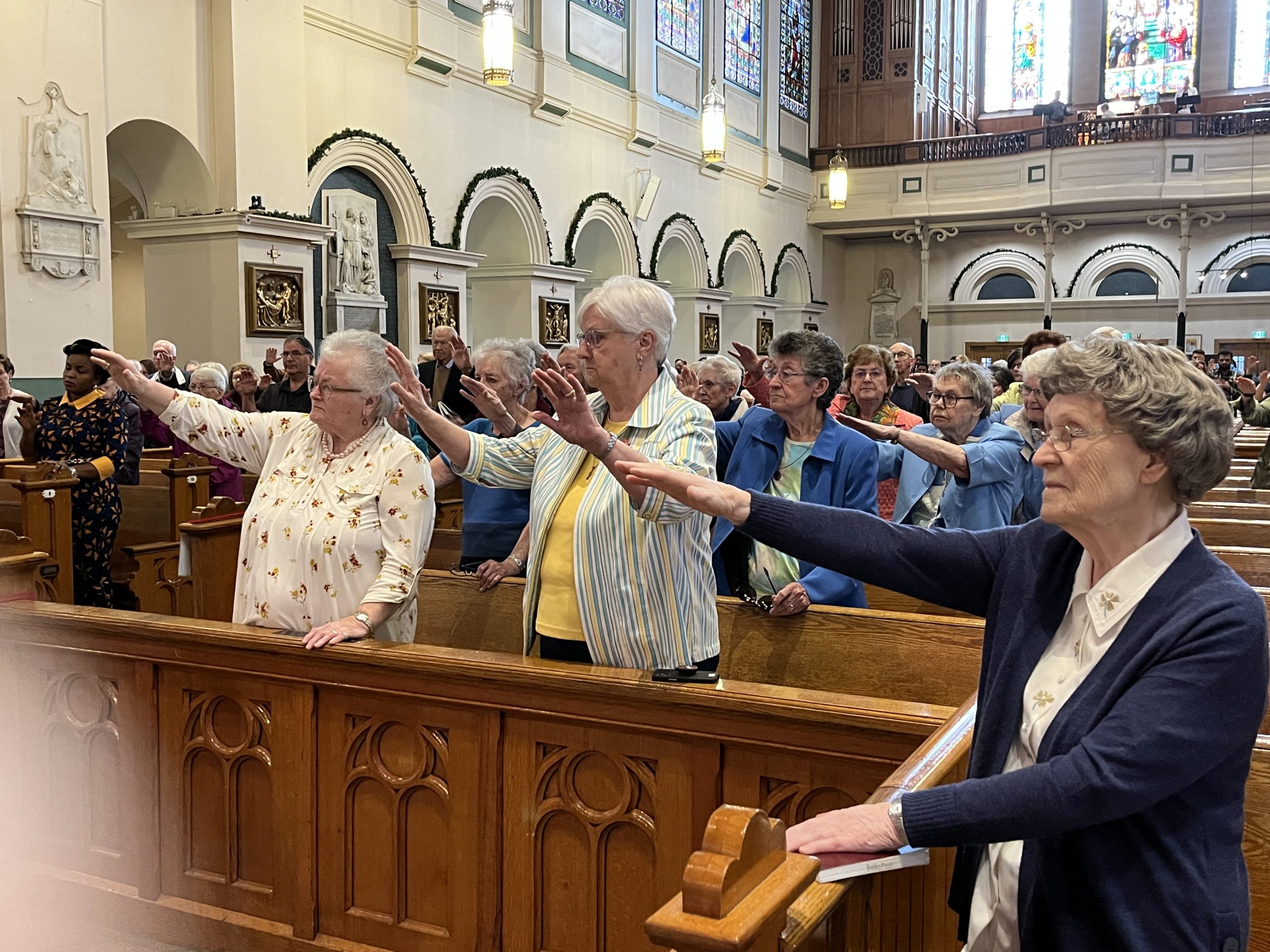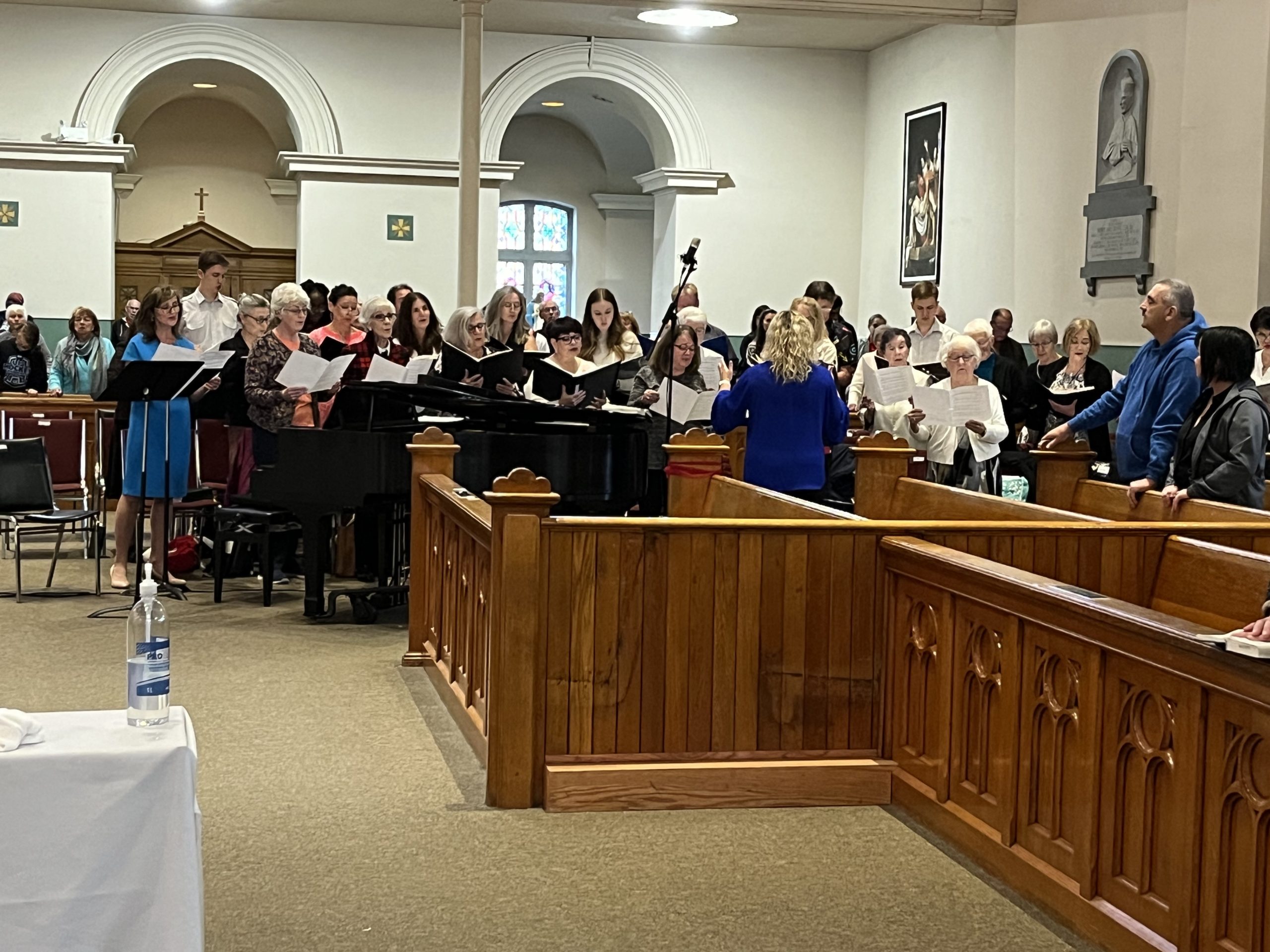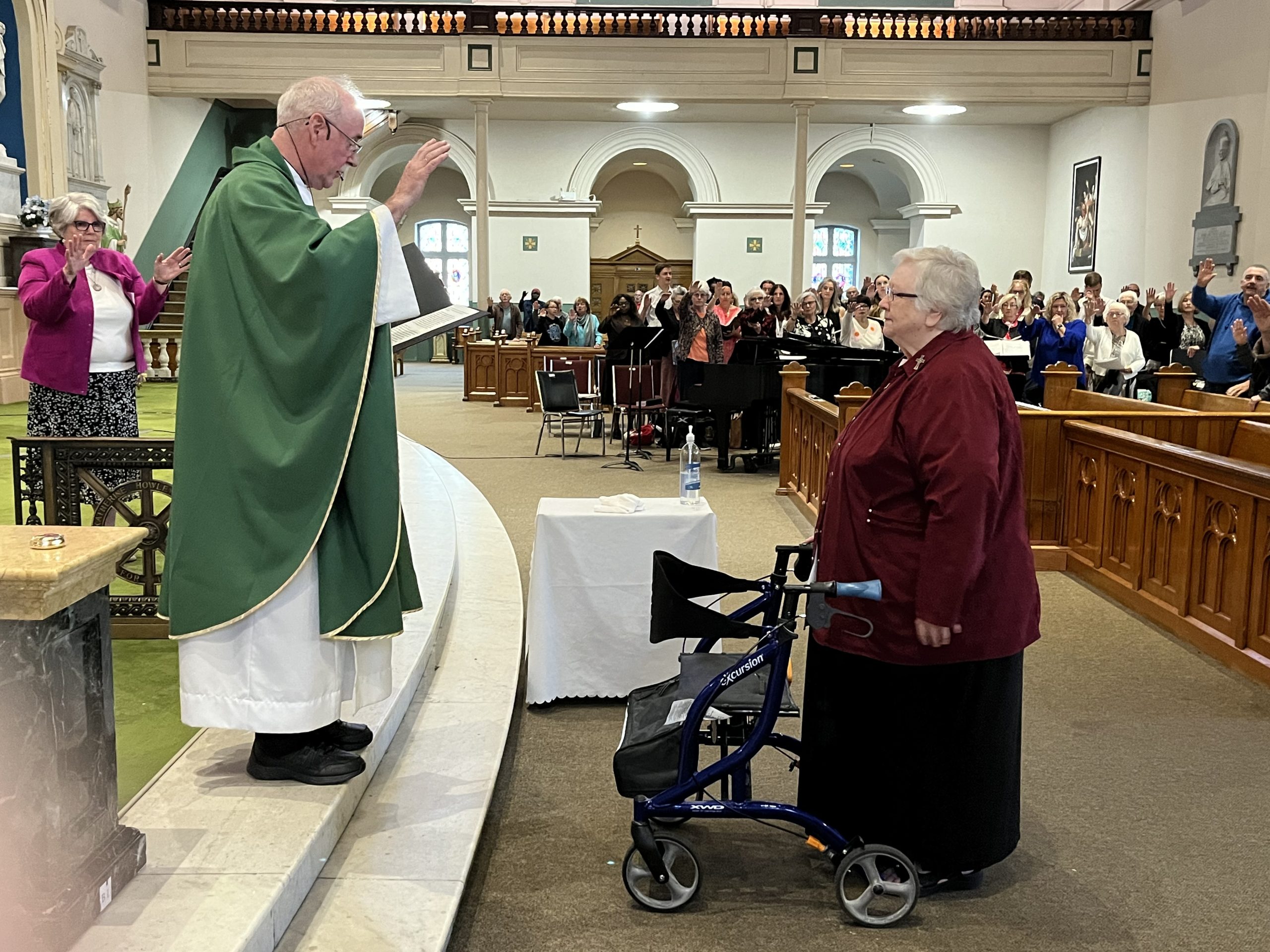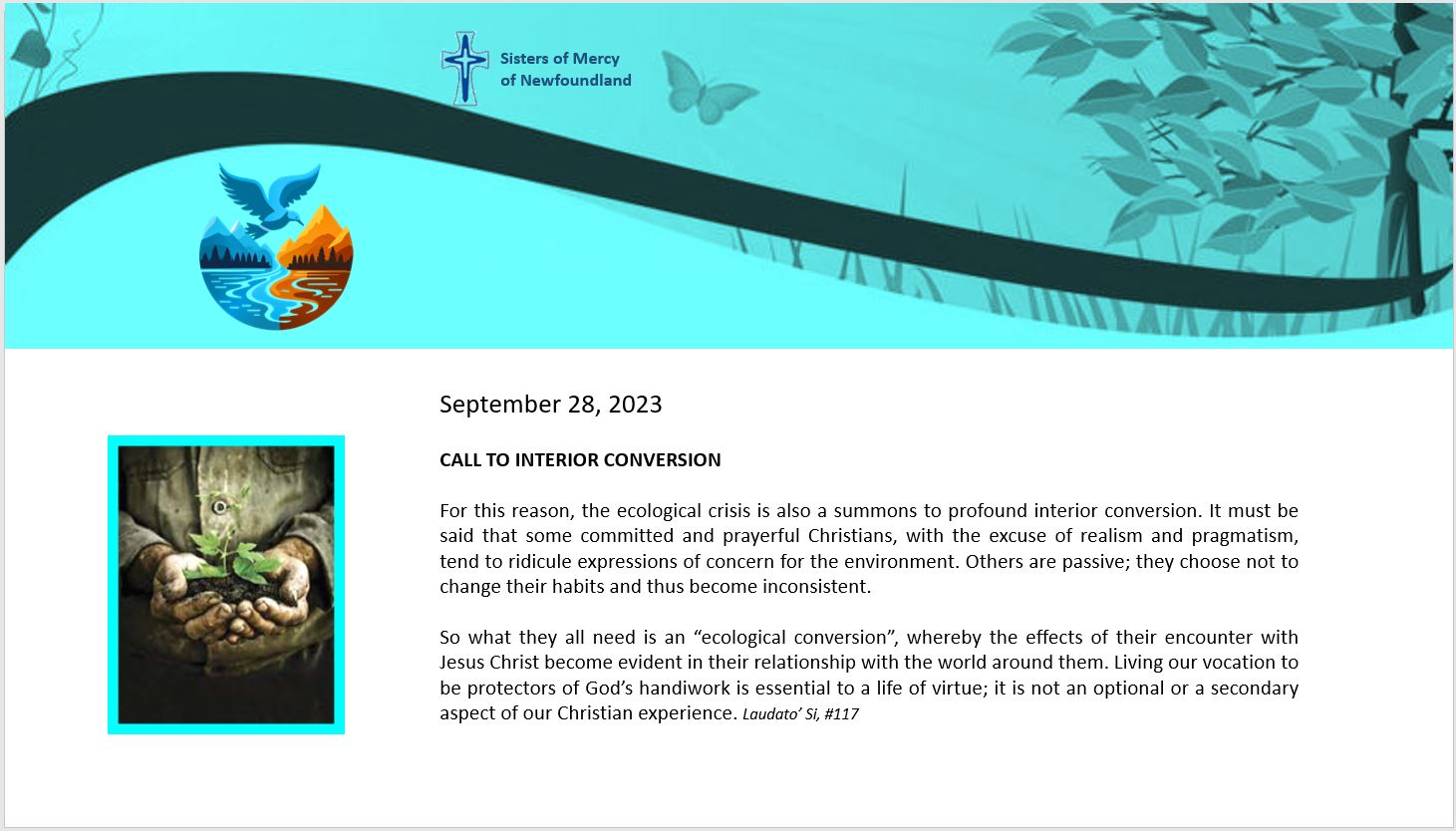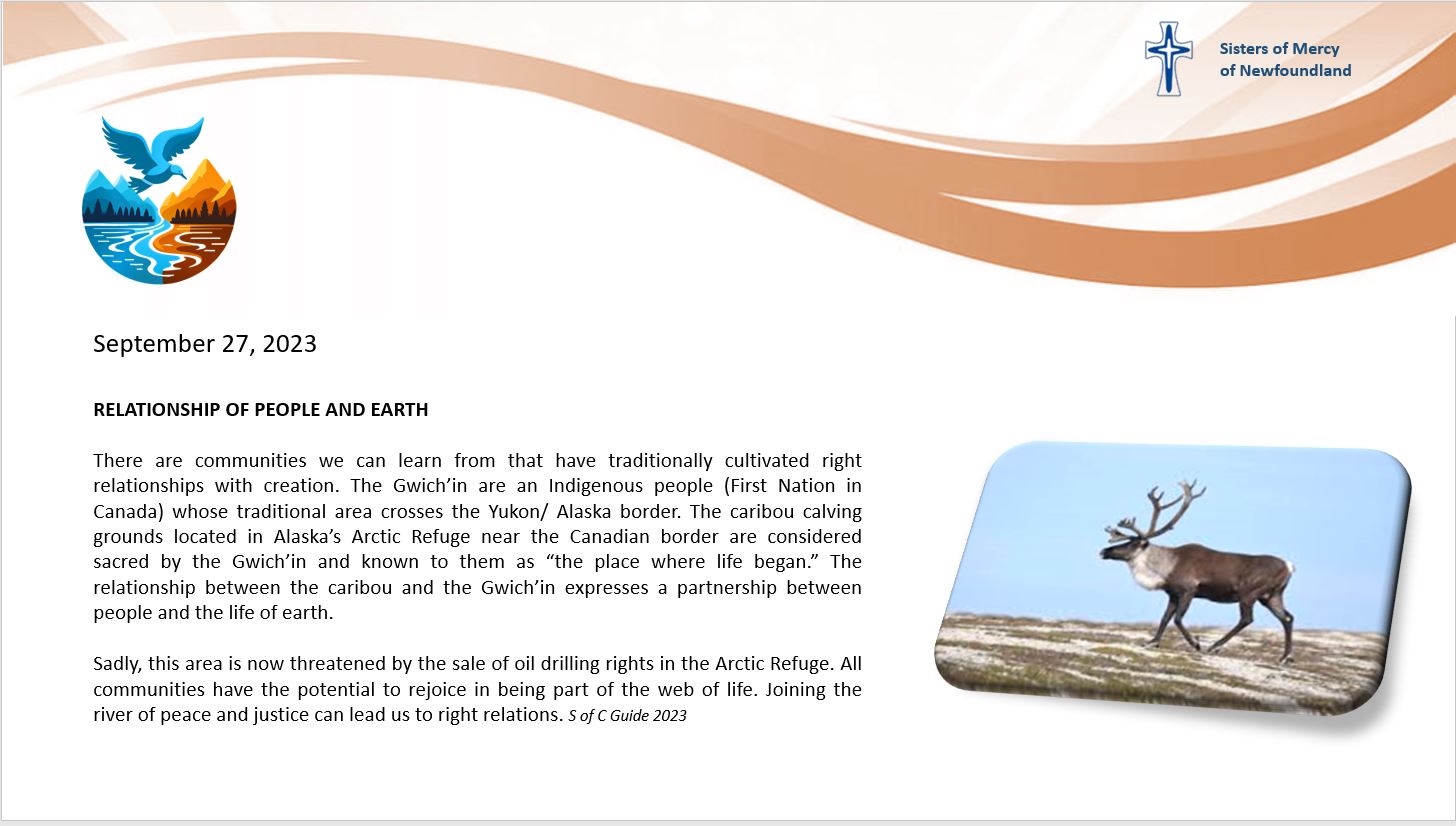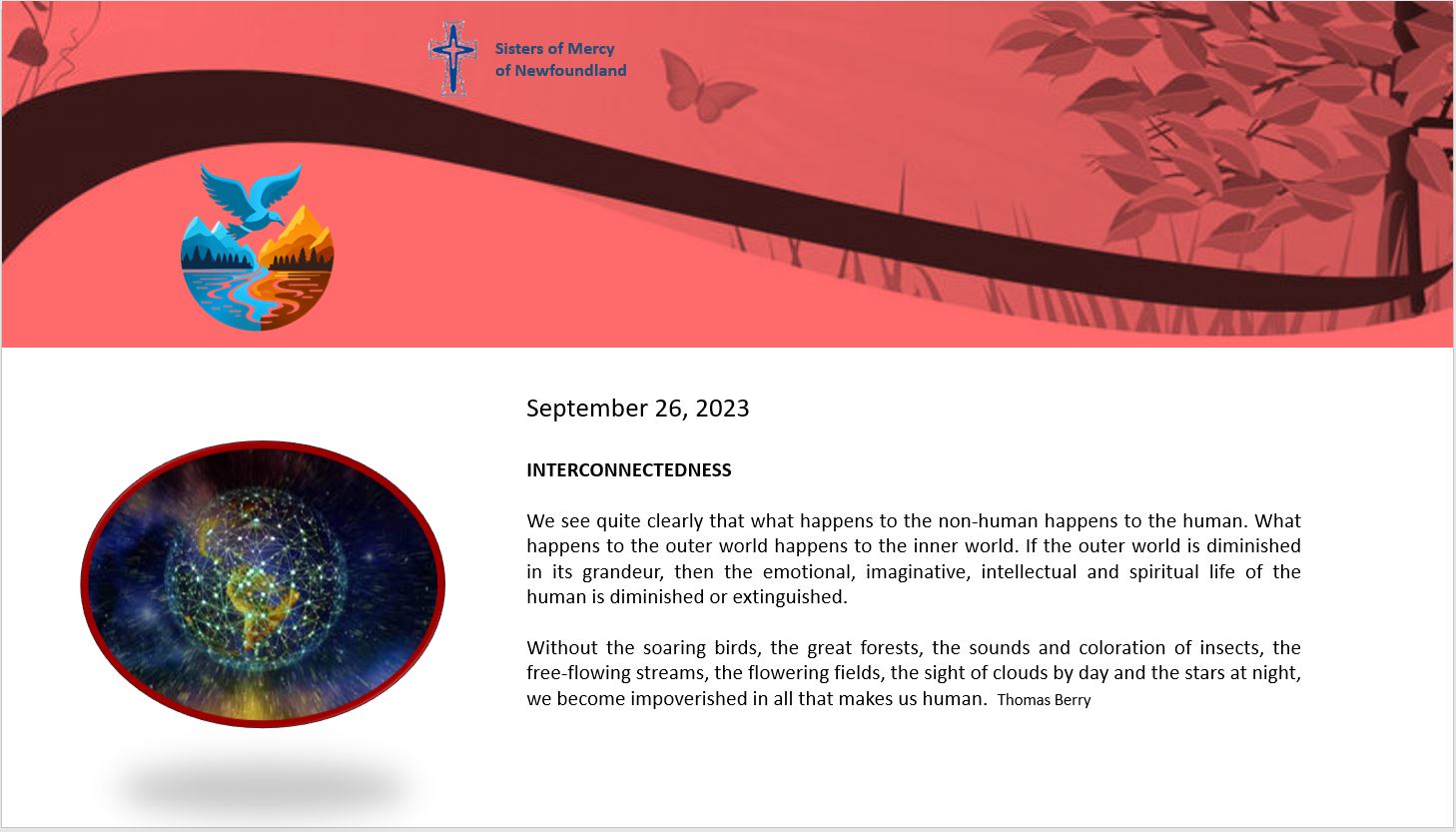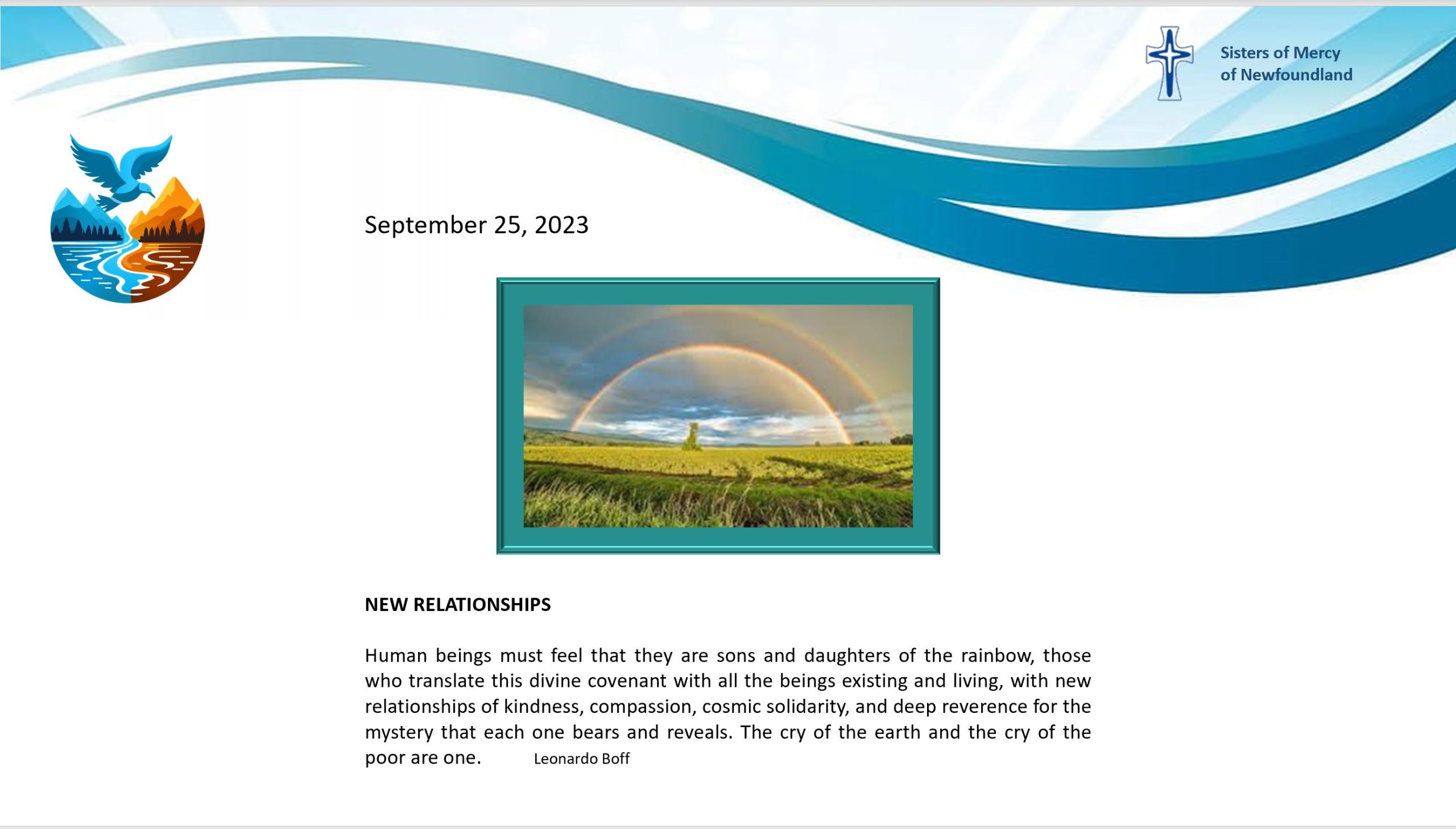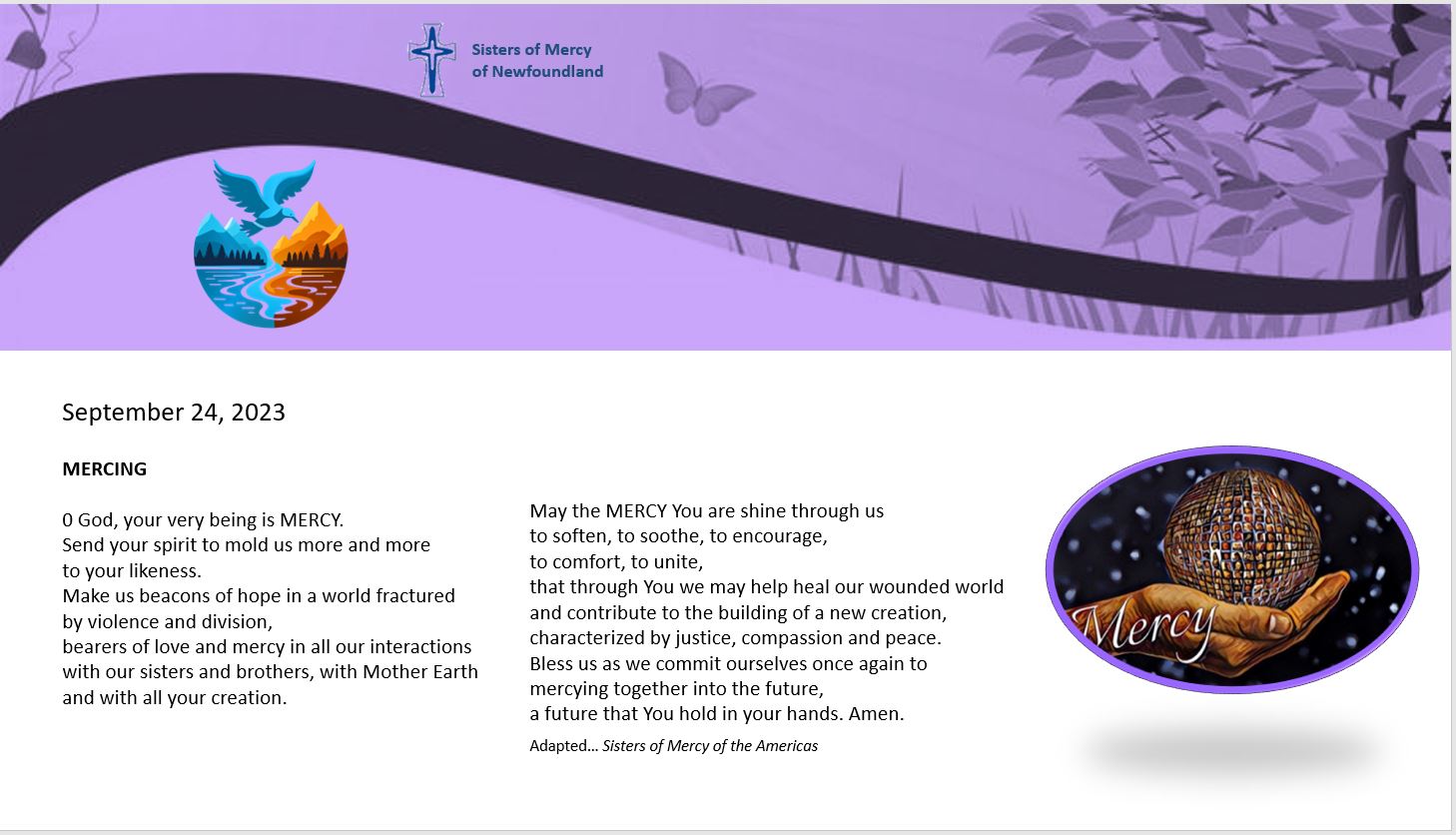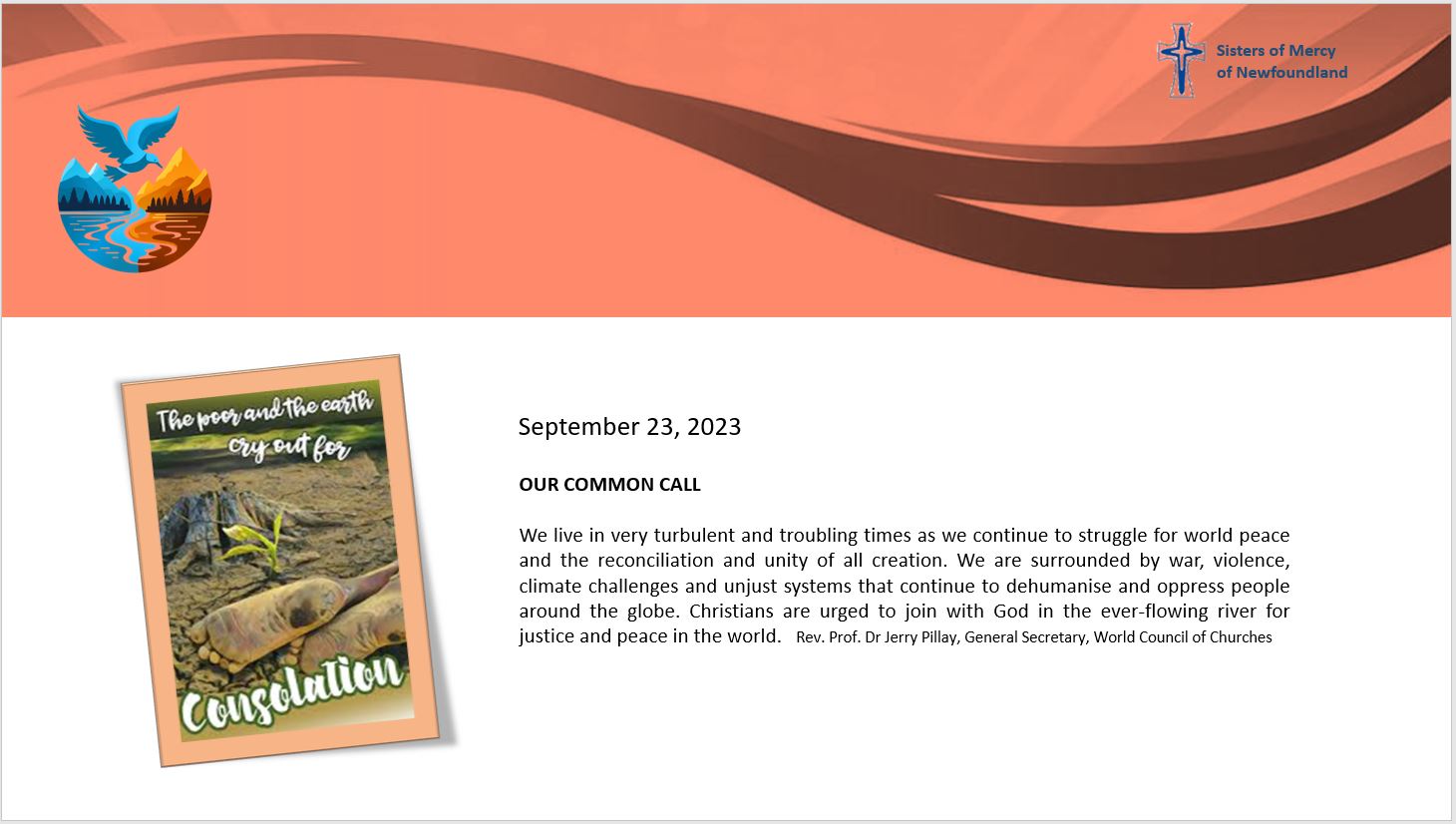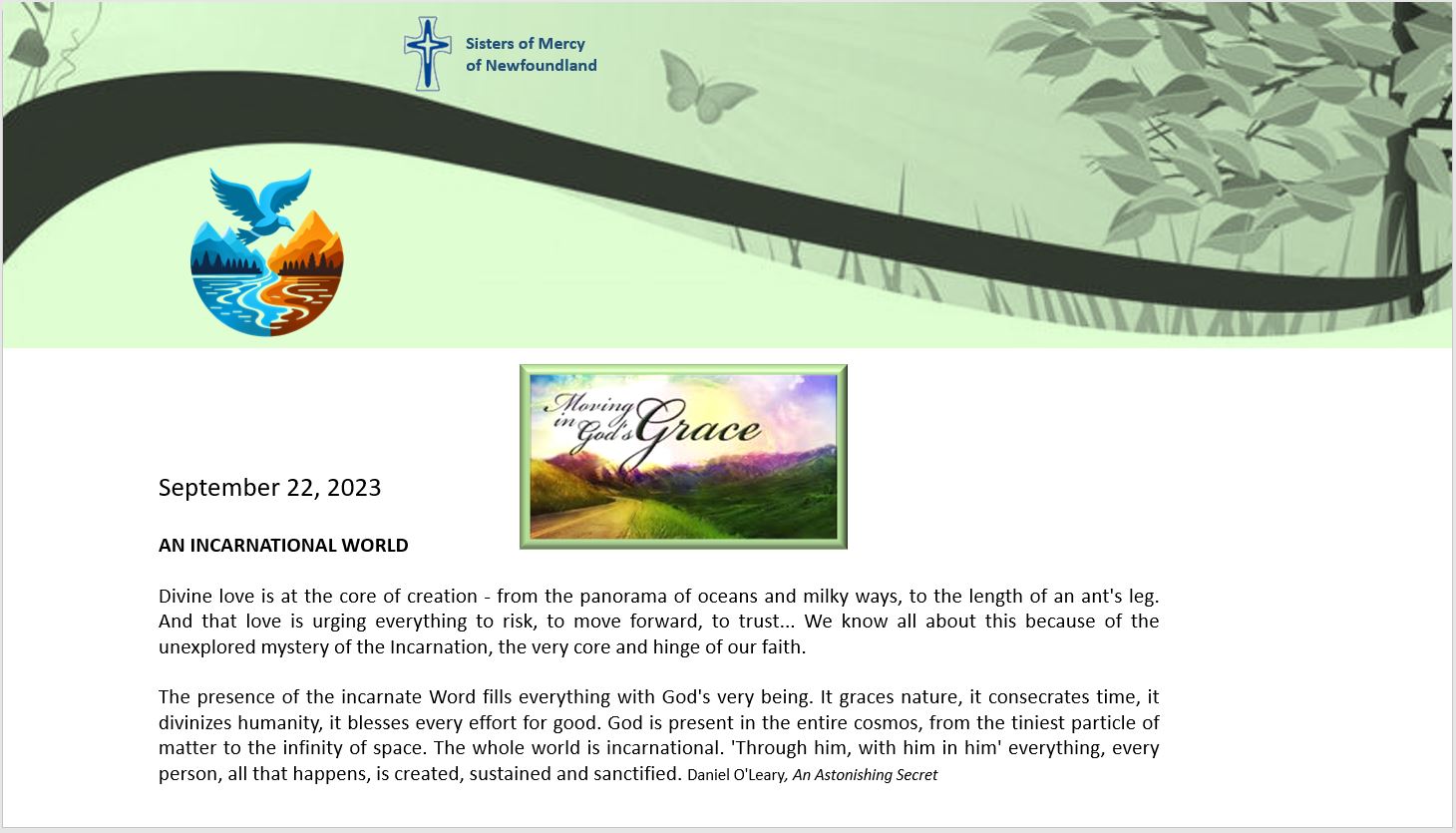On June 17 we remember a true Mercy heroine –Sister M. Joseph Nugent, who died on this day in 1847. Sister M. Joseph was the lone companion of Sister M. Francis Creedon from the time of the departure of Sisters Ursula and M. Rose in November of 1843 until her untimely death in 1847.
 These two great women of Mercy faithfully carried out the works of Mercy as if there were dozens of sisters in the Newfoundland Mercy community – continuing in school and visiting the sick and poverty-stricken in their homes and in St. John’s Hospital (located near present-day Victoria Park). In June of 1947 when St. John’s was in the throes of a severe typhus epidemic, they closed school and devoted themselves entirely to visiting and caring for the sick. It was at St. John’s Hospital that Sister M. Joseph caught the dreaded fever from a young seaman who was suffering great physical and spiritual anguish. Despite the medical services of physicians and the loving care of Sister M. Francis, Sister M. Joseph died after two weeks of suffering the torments of the disease. She was 48 years of age and had only been a Sister of Mercy for four years.
These two great women of Mercy faithfully carried out the works of Mercy as if there were dozens of sisters in the Newfoundland Mercy community – continuing in school and visiting the sick and poverty-stricken in their homes and in St. John’s Hospital (located near present-day Victoria Park). In June of 1947 when St. John’s was in the throes of a severe typhus epidemic, they closed school and devoted themselves entirely to visiting and caring for the sick. It was at St. John’s Hospital that Sister M. Joseph caught the dreaded fever from a young seaman who was suffering great physical and spiritual anguish. Despite the medical services of physicians and the loving care of Sister M. Francis, Sister M. Joseph died after two weeks of suffering the torments of the disease. She was 48 years of age and had only been a Sister of Mercy for four years.
In The Newfoundlander of June 24, 1847, we read of her as follows:
… in the whole community it would be difficult to point to a life of more importance to the spiritual and temporal interests of the juvenile portion of our Catholic population, while to the more matured as well as to the sick and infirm of both sexes, her devotedness in administering to the comforts of the diseased whether of mind or body, could only be surpassed by the untiring assiduity in which her heart and soul were engaged.
We are blessed to have had such a faith-filled, trusting and mission-focused woman as Sister M. Joseph Nugent. We thank God for her and for our many Mercy ancestorsfor the wonderful legacy of Mercy that we have inherited.
- More about Sr M Joseph can be found here
El 17 de junio recordamos a una verdadera heroína de la Misericordia: la Hermana M. Joseph Nugent, que murió tal día como hoy en 1847. La Hermana M. Joseph fue la única compañera de la Hermana M. Francis Creedon desde la partida de las Hermanas Ursula y M. Rose en noviembre de 1843 hasta su prematura muerte en 1847.
 Estas dos grandes mujeres de la Misericordia llevaron a cabo fielmente las obras de Misericordia como si hubiera docenas de hermanas en la comunidad de la Misericordia de Terranova – continuando en la escuela y visitando a los enfermos y pobres en sus casas y en el Hospital de San Juan (situado cerca del actual Victoria Park). En junio de 1947, cuando St. John’s estaba sumida en una grave epidemia de tifus, cerraron la escuela y se dedicaron por completo a visitar y cuidar a los enfermos. Fue en el hospital St. John’s donde la hermana M. Joseph contrajo la temida fiebre de un joven marino que sufría una gran angustia física y espiritual. A pesar de los servicios médicos de los doctores y de los cariñosos cuidados de la Hermana M. Francis, la Hermana M. Joseph murió después de dos semanas de sufrir los tormentos de la enfermedad. Tenía 48 años y sólo llevaba cuatro como Hermana de la Misericordia.
Estas dos grandes mujeres de la Misericordia llevaron a cabo fielmente las obras de Misericordia como si hubiera docenas de hermanas en la comunidad de la Misericordia de Terranova – continuando en la escuela y visitando a los enfermos y pobres en sus casas y en el Hospital de San Juan (situado cerca del actual Victoria Park). En junio de 1947, cuando St. John’s estaba sumida en una grave epidemia de tifus, cerraron la escuela y se dedicaron por completo a visitar y cuidar a los enfermos. Fue en el hospital St. John’s donde la hermana M. Joseph contrajo la temida fiebre de un joven marino que sufría una gran angustia física y espiritual. A pesar de los servicios médicos de los doctores y de los cariñosos cuidados de la Hermana M. Francis, la Hermana M. Joseph murió después de dos semanas de sufrir los tormentos de la enfermedad. Tenía 48 años y sólo llevaba cuatro como Hermana de la Misericordia.
En The Newfoundlander del 24 de junio de 1847, leemos de ella lo siguiente:
... en toda la comunidad sería difícil señalar una vida de más importancia para los intereses espirituales y temporales de la porción juvenil de nuestra población católica, mientras que para los más maduros, así como para los enfermos de ambos sexos, su devoción en la administración de las comodidades de los enfermos ya sea de mente o cuerpo, sólo podría ser superada por la incansable asiduidad en la que su corazón y alma estaban comprometidos.
Somos bendecidos por haber tenido una mujer tan llena de fe, confiada y centrada en la misión como la Hermana M. Joseph Nugent. Damos gracias a Dios por ella y por nuestros muchos antepasados de la Misericordia por el maravilloso legado de la Misericordia que hemos heredado.
- Más información sobre la Hna. M Joseph aquí


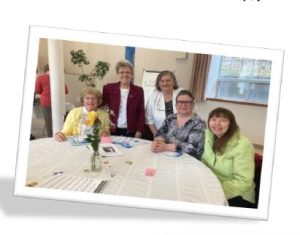 online in the Associates section of our website. The newsletter contains news and views, requests for prayers and material for reflection.
online in the Associates section of our website. The newsletter contains news and views, requests for prayers and material for reflection.
 At her reception into the Novitiate on August 2 of that same year she received the name Sister Mary Patrick Ligouri. A local newspaper, The Newfoundlander, in its August 3,1865 issue, reported on her Reception Ceremony, noting that a couple of her brothers “our respected townsmen, the Messrs. Farrell” had emigrated to Newfoundland from Ireland and were well established in the business community of St. John’s by the time their sister arrived.
At her reception into the Novitiate on August 2 of that same year she received the name Sister Mary Patrick Ligouri. A local newspaper, The Newfoundlander, in its August 3,1865 issue, reported on her Reception Ceremony, noting that a couple of her brothers “our respected townsmen, the Messrs. Farrell” had emigrated to Newfoundland from Ireland and were well established in the business community of St. John’s by the time their sister arrived.